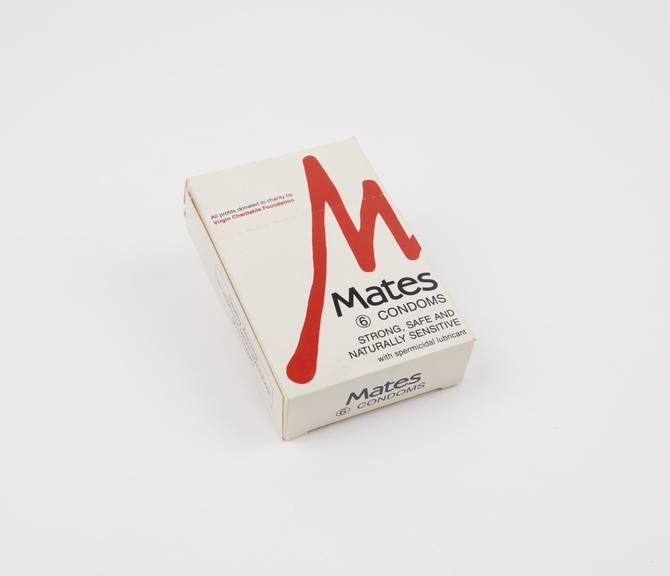Collecting Is A Typical Human Trait & Marketers Use It
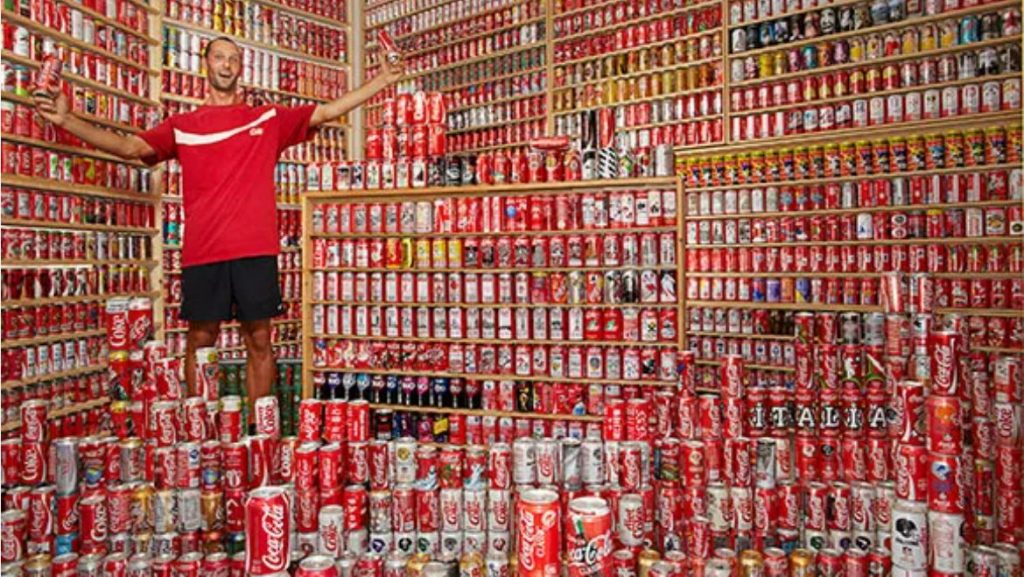
Collecting meets a variety of psychological demands, ranging from the quest for pleasure and mastery to the expression of identity and connection with others
The want to amass possessions is universal among humans, yet some of us have a stronger desire than others. Psychologists think that when we amass a lot of things that attract or intrigue us, it helps us feel more in control of our lives and gives us a way out of our unhappy circumstances.
Scientific and psychological factors underpin people’s inclination to collect objects. Here are a few key reasons:
- Sense of Control and Mastery
– Psychological Ownership: Collecting provides people with a sense of ownership and control over something tangible. This may be especially appealing when many parts of life seem uncertain or uncontrolled.
– Completeness and Mastery: Completing a collection gives you a sense of success and mastery, which can be quite fulfilling. It taps into the human impulse to establish and attain objectives.
- Nostalgia and Sentimentality
– Emotional Connections: Collections often inspire recollections from the past, such as childhood, key life experiences, or relationships. This nostalgia cultivates a robust emotional bond with the acquired products.
– Sentimental Value: Items in a collection might have personal meaning for the collector, symbolising key events or persons in their lives, making the collection emotionally valuable.
- Social Identity and Status
– Self-expression: Collections may function as an extension of one’s identity, enabling people to show their personality, values, and preferences. For example, someone may collect old albums to express their passion for music and retro culture.
– Social status: Rare or distinctive collections may boost social standing among peers. Owning something unusual or difficult to get might demonstrate expertise, affluence, or connoisseurship, boosting one’s reputation.
- Cognitive Stimulation
Learning and Curiosity: Collecting fosters curiosity and learning. Researching, identifying, and comprehending objects in a collection activates the brain, offering intellectual stimulation and chances for continual learning.
– Categorization and Ordering: The human brain naturally seeks patterns and order. Collecting enables people to categorise, organise, and make sense of their surroundings, which can be fulfilling.
- Dopamine Release and Rewards Mechanism
– Pleasure and Rewards: Collecting triggers the brain’s reward system, which releases dopamine, a neurotransmitter associated with pleasure and motivation. Discovering a new addition to a collection may be just as gratifying as the purchase itself.
– Hunting and Gathering Instincts: Collecting might be an evolution of old hunting and gathering tendencies, in which the chase and acquisition of resources (in this instance, things) is satisfying.
- Escapism and Focus
– Stress Relief: Participating in a collection may be a stress-relieving pastime that takes the mind off troubles or fears.
– Mindfulness and flow: The process of collecting may generate a state of flow in which people are completely involved in the activity and feel a strong feeling of involvement and satisfaction.
- Investment and Future Value
– Financial incentives: Some people gather goods, believing their worth will increase. This investment component may provide an additional incentive to collect.
– Legacy and inheritance: Collectors sometimes view their collections as a legacy to future generations, preserving their personal history or ideals.
- Social Connection and Community
– Common Interests: Collecting may help people connect with others who share their interests, fostering a feeling of community. This may lead to fulfilling friendships, group activities, and social contacts.
– Exchanging and bartering: The act of trading or exchanging things may strengthen social relationships and increase the collection’s value.
Collecting meets a variety of psychological demands, ranging from the quest for pleasure and mastery to the expression of identity and connection with others. It appeals to core human urges and offers both emotional and cognitive benefits.
Marketing Implications
Marketers may use the human need to collect as a powerful tool to reinforce a good brand experience by capitalizing on the psychological gratification that comes with completing or owning a set. Here’s how they can do this:
- Create a Collectible Series.
– Limited Edition: Introduce limited edition goods as part of a bigger series. Customers will be driven to gather all the items required to complete the set.
Example: Starbucks Holiday Cups – Every year, Starbucks releases a series of limited-edition holiday cups, each with a unique design. Customers often collect these cups as a seasonal tradition. By offering new designs annually, Starbucks creates anticipation and excitement, encouraging customers to visit more frequently to complete their collection.
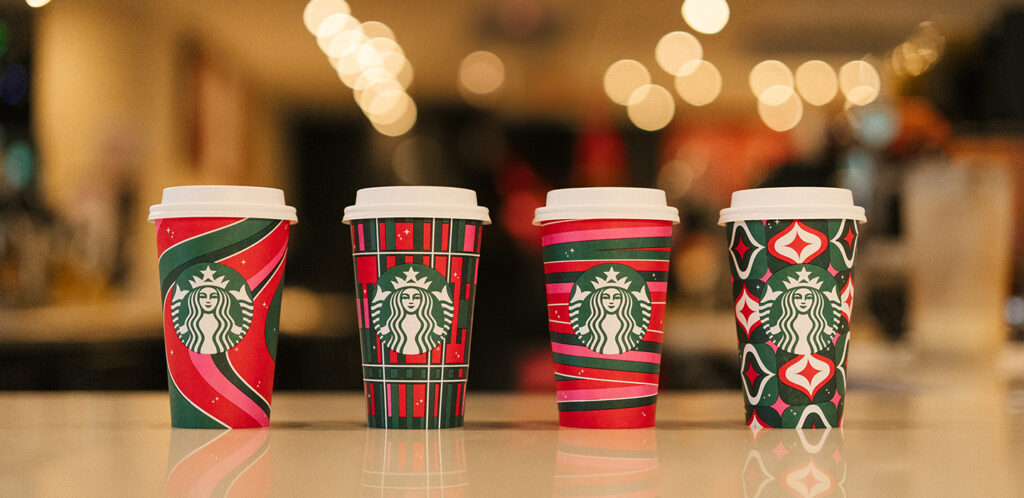
– Themed Collections: Create items with distinct themes (e.g., seasonal, character-based) to motivate shoppers to collect all versions.
Example: LEGO frequently releases themed sets, such as those based on popular movies or historical periods. Collectors often seek to complete an entire theme or series, driving sales of multiple products rather than just one. For example, LEGO’s “Star Wars” series has a strong following, with collectors aiming to own every set in the series.
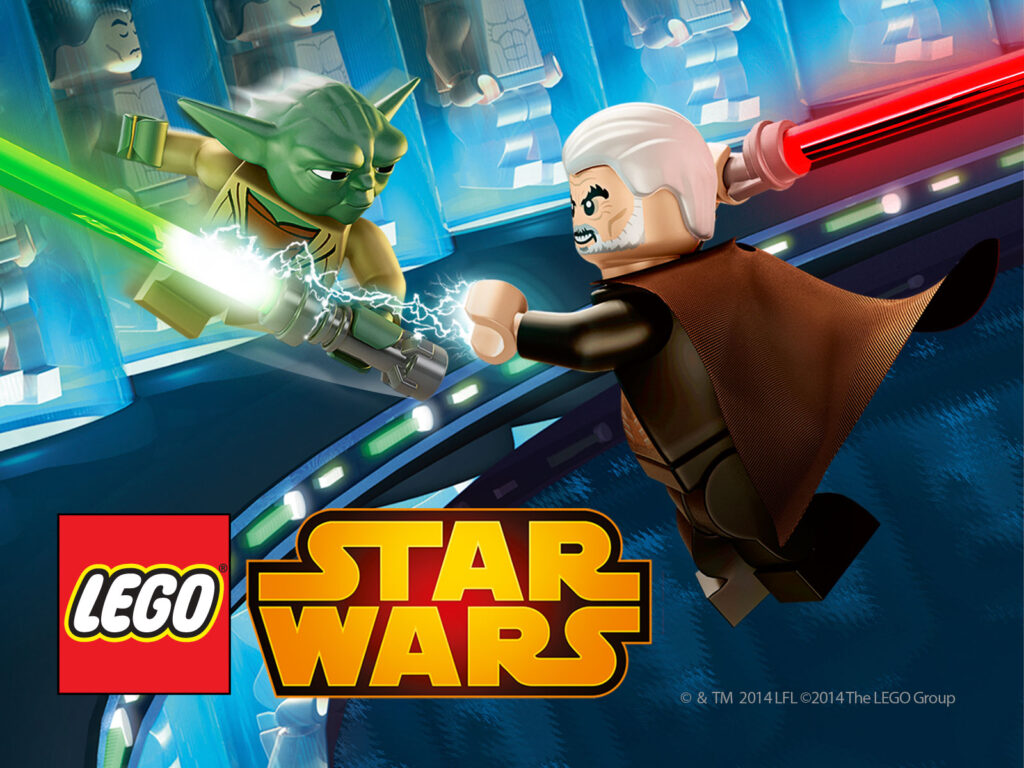
- Gamification and Rewards
– Digital Badges or Points: Set up a rewards system in which clients receive points or badges for each item they acquire, resulting in unique incentives or recognition.
Example: NikePlus Rewards, Nike’s loyalty program, offers digital badges and rewards for achieving fitness milestones, such as running a certain number of miles or participating in special events. Users collect these badges in the app, motivating them to continue engaging with the brand and its products.
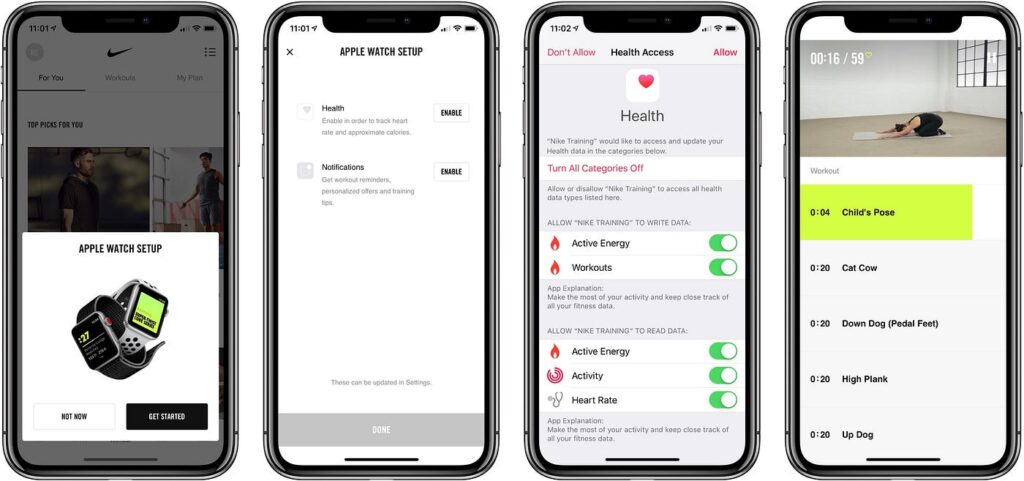
– Tiered benefits: Provide growing benefits depending on the quantity of goods gathered, encouraging consumers to remain engaged with the business.
Example – Sephora Beauty Insider, Sephora’s tiered loyalty program offers escalating rewards, from birthday gifts to exclusive product access, based on the points customers collect through purchases.

- Community Building
– Encourage Sharing: Create a community in which consumers can share their collections online, whether via social media campaigns or specialised platforms.
Example – LEGO fans share their creations and collections online, where others can vote and comment, fostering a strong community around collecting and creativity.
– Unique Access: Customers who complete a collection will get unique access to events, materials, or items, instilling a feeling of belonging and distinction.
Example: Royal Enfield organizes exclusive events like Rider Mania, where enthusiasts can access limited-edition gear and bikes, reinforcing community and brand loyalty.

- Storytelling and Personalisation
– Narrative Integration: Create a story around the collection, incorporating each item into a larger narrative that connects emotionally with clients.
Example – Paper Boat tells nostalgic stories of Indian childhood through its packaging and campaigns, making each drink a part of a larger narrative that resonates with the emotional journey of its consumers.

– Personalised Experience: Enable consumers to personalise their collections, making the act of collecting more meaningful and connected to their identities.
Example – M&M’s offers personalized candies where customers can choose colours, and messages, and even add images, making each candy pack unique to the collector.

- Scarcity and urgency
Limited Time Offers: Create a sense of urgency by making some collector products available for a short period, encouraging shoppers to act quickly.
Example – The McDonald’s McRib Sandwich is a seasonal item that appears only for a limited time, creating a sense of urgency among fans to collect this experience when available.
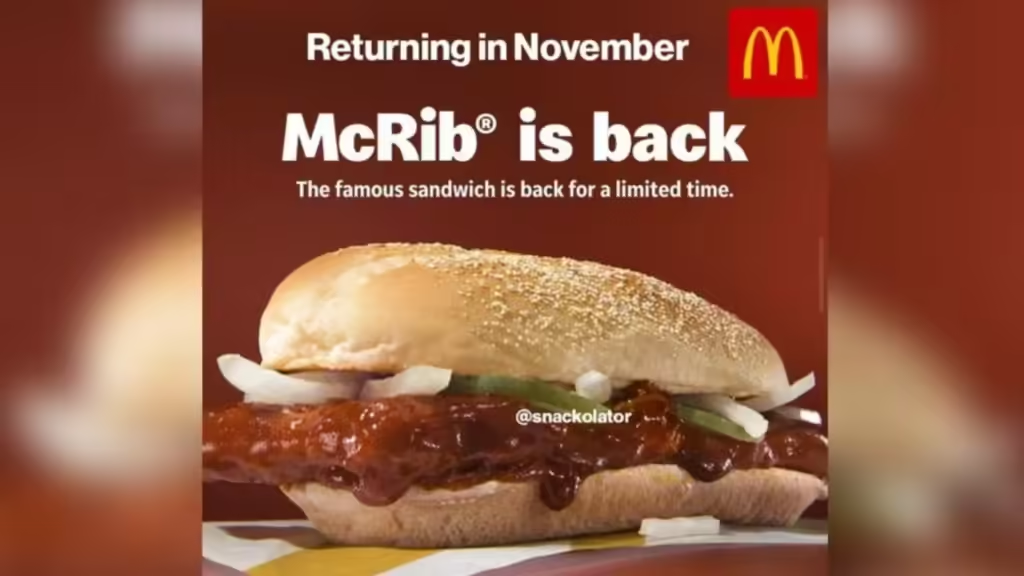
– Exclusivity: Make certain things available in fewer numbers to improve their perceived value and appeal.
Example – Tanishq launches limited-edition jewellery collections for festivals like Diwali, making these pieces highly coveted among collectors of luxury jewellery.
- Cross-promotions
– Collaborations: Work with other businesses or influencers to develop unique collector pieces that broaden the collection’s reach and appeal.
Example – Supreme x Louis Vuitton – This collaboration resulted in highly sought-after collectible items, blending streetwear and luxury fashion, which fans of both brands rushed to collect.

– Bundle Offers: Provide bundles that contain both collected goods and normal products, encouraging buyers to add to their collection.
Example – BookMyShow often bundles movie tickets with exclusive merchandise, encouraging fans to purchase these bundles to collect limited-edition movie memorabilia.
- Customer Engagement
– Feedback Loop: Involve clients in the development of future collectables via surveys or social media participation, making them feel involved in the collection.
Example – Paper Boat’s Flavor Polls – Paper Boat engages customers by asking for their input on new flavours via social media polls, making them feel part of the brand’s decision-making process.
– Interactive Experiences: Create interactive experiences, such as virtual or augmented reality, that allow consumers to discover and interact with their collections in new ways.
Example – Pokémon GO uses augmented reality to allow players to collect Pokémon in the real world, creating an immersive experience that combines physical activity with the excitement of collecting.
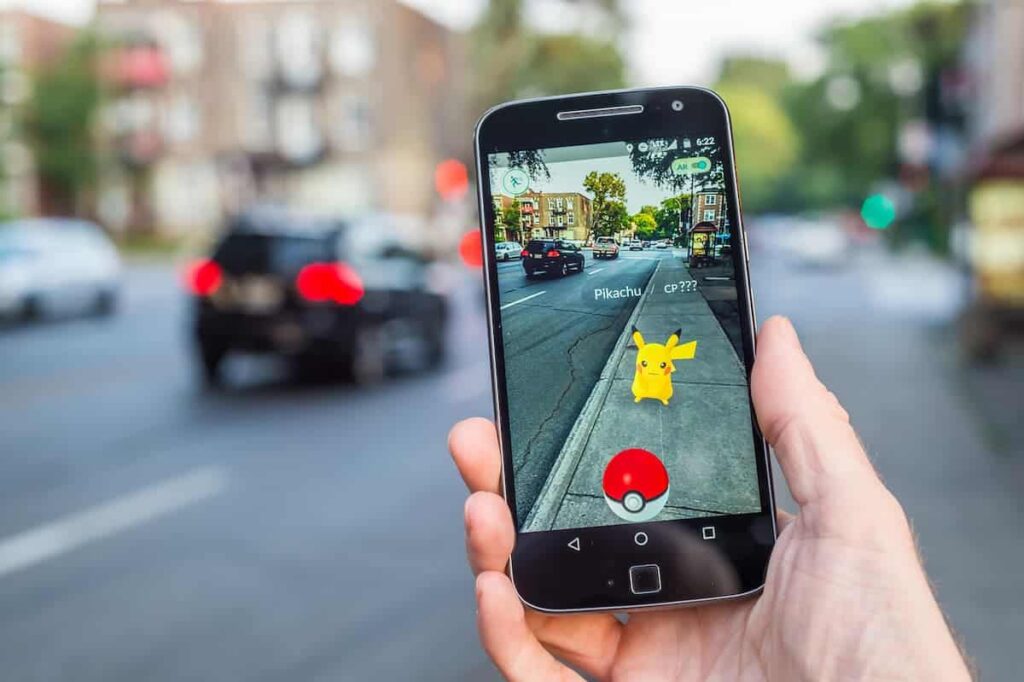
Marketers can create a more engaging and gratifying brand experience by carefully harnessing the intrinsic urge to collect. This not only boosts sales but also creates long-term loyalty and emotional connection with the brand.

